Data Insights
We're learning more about how tourists behave every day. Check back regularly for insights into where tourists go and what impacts their behaviour.
We're learning more about how tourists behave every day. Check back regularly for insights into where tourists go and what impacts their behaviour.
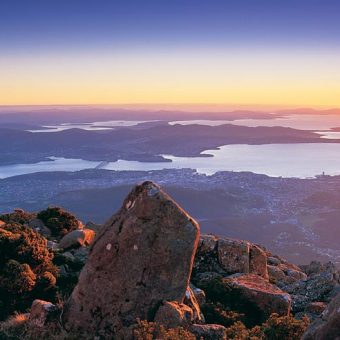
Cutting-edge Tasmanian research that tracks tourists in real-time will continue to deliver benefits to the local tourism industry thanks to a licensing deal struck with a Tasmanian tech-company. Since it was launched in 2016, the University of Tasmania’s award-winning Tourism Tracer has attracted worldwide attention as the first research programme to profile and track tourists…

The Tourism Tracer team has been analysing our 2016 data to investigate more information on our tourists and the effect of their entry and exit points on dispersal and, in particular, on their choice of first and last night locations. Do travellers to Tasmania get adventurous and disperse straight away or do they initially stay…
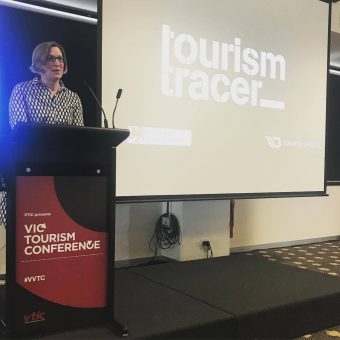
We have been busy analysing our data to work out what factors are associated with tourists’ choice of different itineraries during their time in Tasmania. The locational data falls into eight distinct itineraries that we have called the following: the Big Tour, the West Focus, the South East, the Linear East, the East Loop, the…
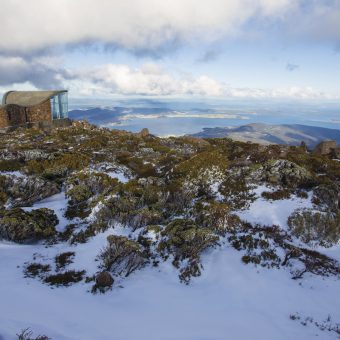
On a fine day On a rainy day All Tasmanians know that the weather can be fickle in our beloved island state – sunburn a concern one minute, snow on the mountain the next… But how much of a factor is weather for visitors to Tassie? Do different types of travellers respond in…
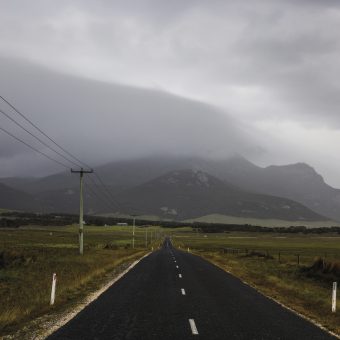
The data that the visitor tracking project team has collected allows us to investigate tourist behaviour which may cause concern around safety, such as travelling long distances during the dark hours. As we break our data down into different demographic groups we can see whether particular groups of tourists are more likely to undertake this…
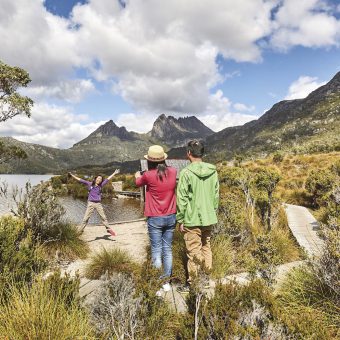
Tourist Social Media Usage Create line charts Brady Robards The Sensing Tourist Travel project is about collecting data on how tourists move around Tasmania. As our earlier posts have demonstrated, this has primarily been through GPS data and surveys. Of course, many tourists are already ’sensing’ and recording their own travel, and ‘generating data’ on their…
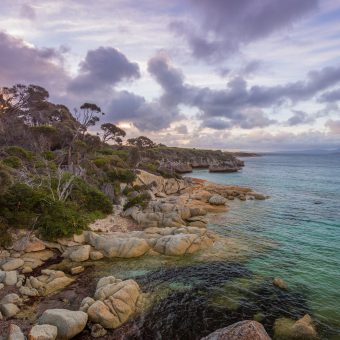
Sorry for the slight delay with this post. We’ve been inundated with queries since our presentation to the Tasmanian Tourism Industry Conference yesterday (May 13th). This animation displays the travel patterns for all 472 groups who participated in the study over the 10 day period.

Seeing as we only finished tracking tourists on 5 May 2016, we are only just beginning to scratch the surface of the data we collected! However, we wanted to share this visualisation with you because it’s so exciting! We love it because not only is it fascinating in itself but it also illustrates the potential…
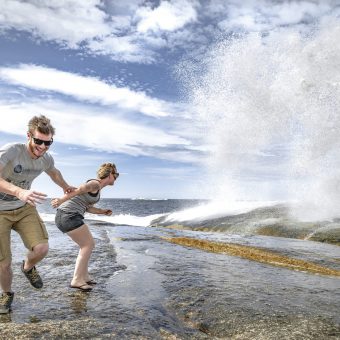
Would tourists be interested? In the planning stages of the Visitor Tracking project we had no idea whether or not approximately 500 tourists would consent to participate. Would tourists allow us to track their every movement?! Would they even give us their attention long enough for us to convince them?! The team was sceptical: after…
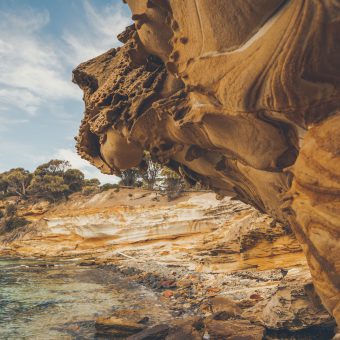
What we wanted The Visitor Tracking team wanted two key types of data: (1) GPS data to see precise travel information, such as route travelled and time spent at particular locations, and (2) demographic data. We could then overlay these two data types and break down visitor behaviour by cohorts, allowing us to examine patterns…